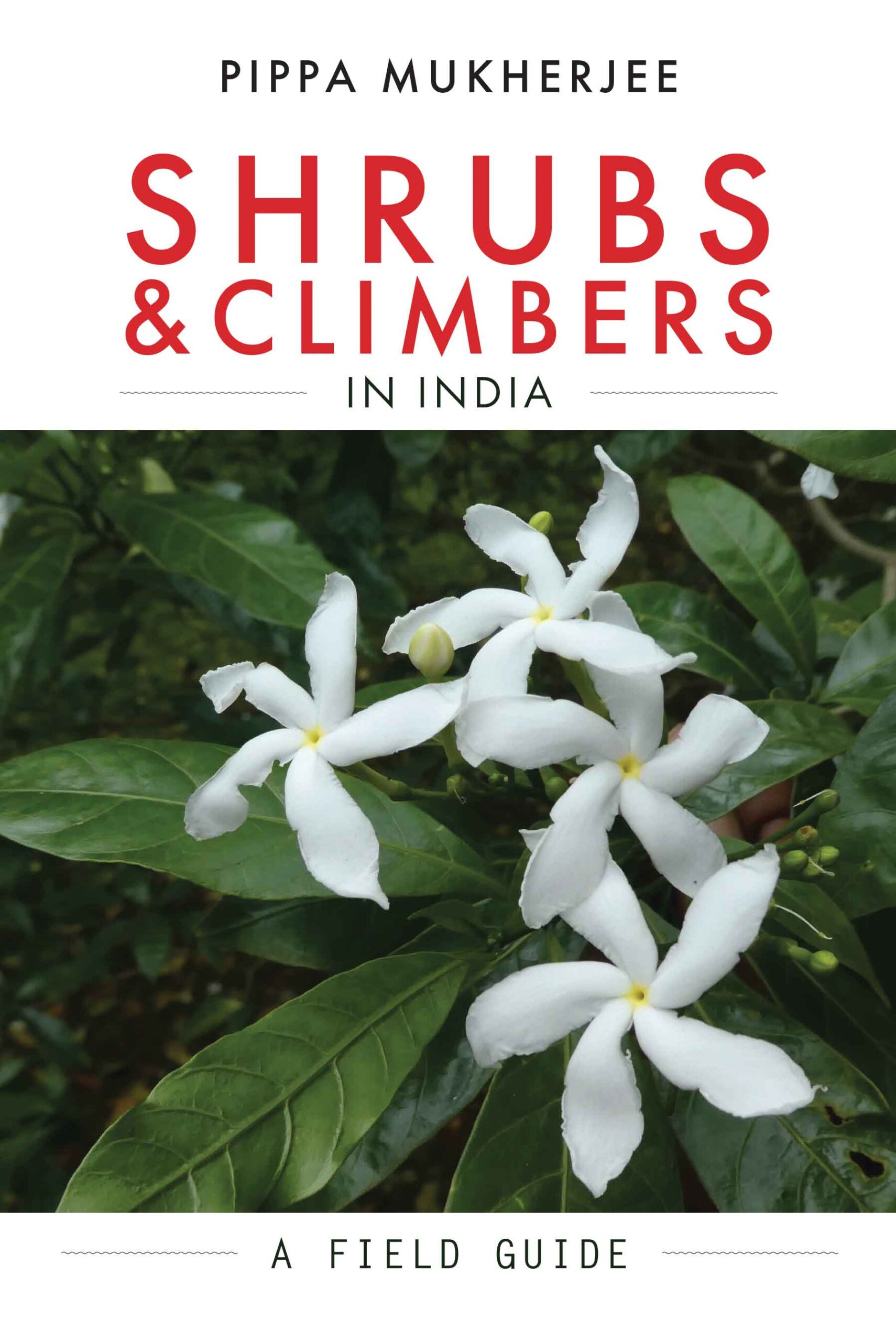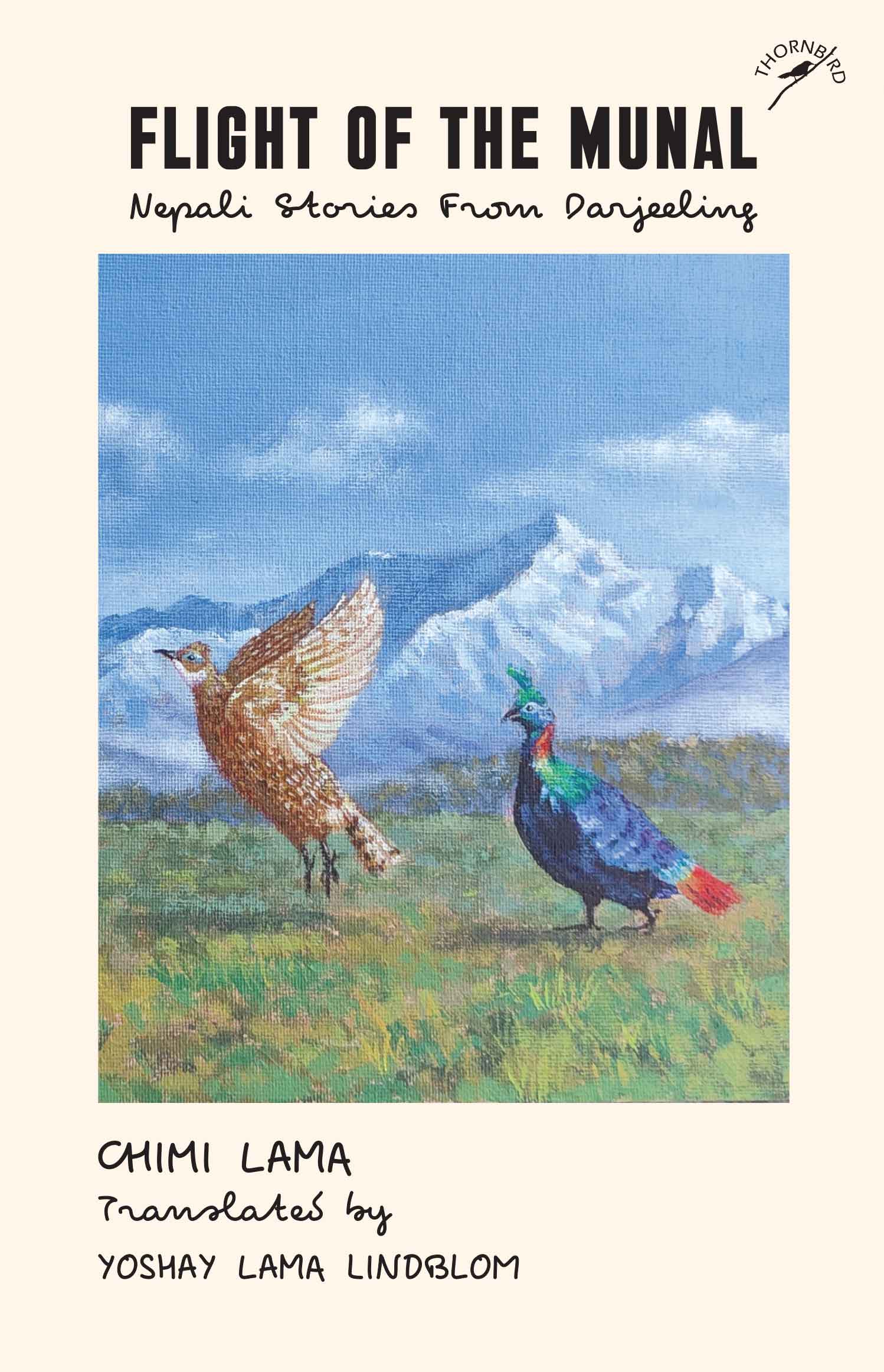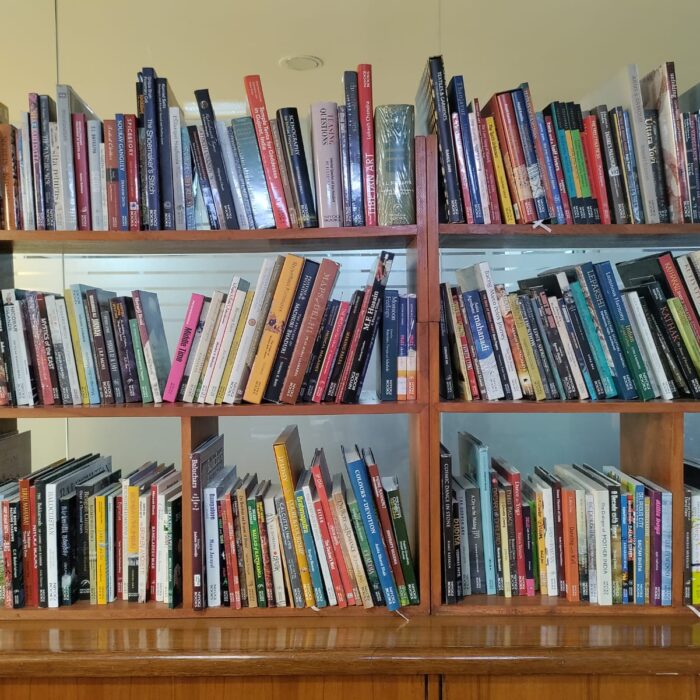Sign up and get notified with new article for free!

Book
Floor Coverings from Kashmir

Floor Coverings from Kashmir
This book focuses on the floor covering traditions of Kashmir, one of the two distinct regions that constitute the Union territory of Jammu and Kashmir. Kashmir has been historically famous as a producer of the world-renowned and esteemed pashmina shawl. However, the region also produces a variety of floor coverings that are an essential part of its households and its handicraft industry. The variety of floor coverings produced differs in design, their mode of production, the raw material used and the region of production.
Kaleen-weaving is a long-standing tradition, dating back to over 600 years, while floor coverings such as the wagoo mats trace their antiquity to the Indus Valley Civilization. This book intends to serve as a lasting narrative of the rich material culture of the Kashmir region. It identifies significant cultural units in design to showcase the age-old craft traditions in production that are integral to regional tangible and intangible cultural practices.
It enables an understanding of the cultural context of Kashmir that has a strong influence on the production of floor coverings, lending a unique identity to its kaleen, which is otherwise often associated with Persian carpets. The author has used descriptive, thematic and ethnographic modes of analysis to highlight instances of carpet-weaving traditions that resonate distinctly with Kashmir. Well-researched and richly illustrated, the book will appeal to those interested in textiles, carpets and indigenous tangible and intangible cultures and craft traditions.
|






